Image Quality
To be blunt, the FE 55mm f/1.8 Sonnar is simply a fantastic lens optically. Given the very high price tag for an f/1.8 normal prime, you’d expect impeccable image quality, and with few exceptions, the Zeiss 55mm delivers. Let’s dive into the details.
Sharpness
The Zeiss 55mm f/1.8 is a full frame ‘FE’ designated lens, and is designed to be a long normal lens for the A7 series of cameras. However, the 55mm focal length also makes it perfect for a short telephoto lens for Sony’s APS-C E-mount lenses as well, where the lens will have a field of view equivalent to an 85mm lens on full frame. While the vast majority of my shooting was done with the A7 II, I did test the lens on my a6000 as well. Zeiss is well-known for creating very sharp lenses, and the FE 55mm really shows Zeiss at the top of their game. On a full-frame body, the lens is a blisteringly sharp optic at smaller apertures and extremely good wide open as well. It is one of only a handful of lenses that I’ve shot with that is truly sharp to the corners wide open, with an aperture at f/2 or wider, and most of those were short to medium telephoto lenses, which are easier to produce for cross frame sharpness.
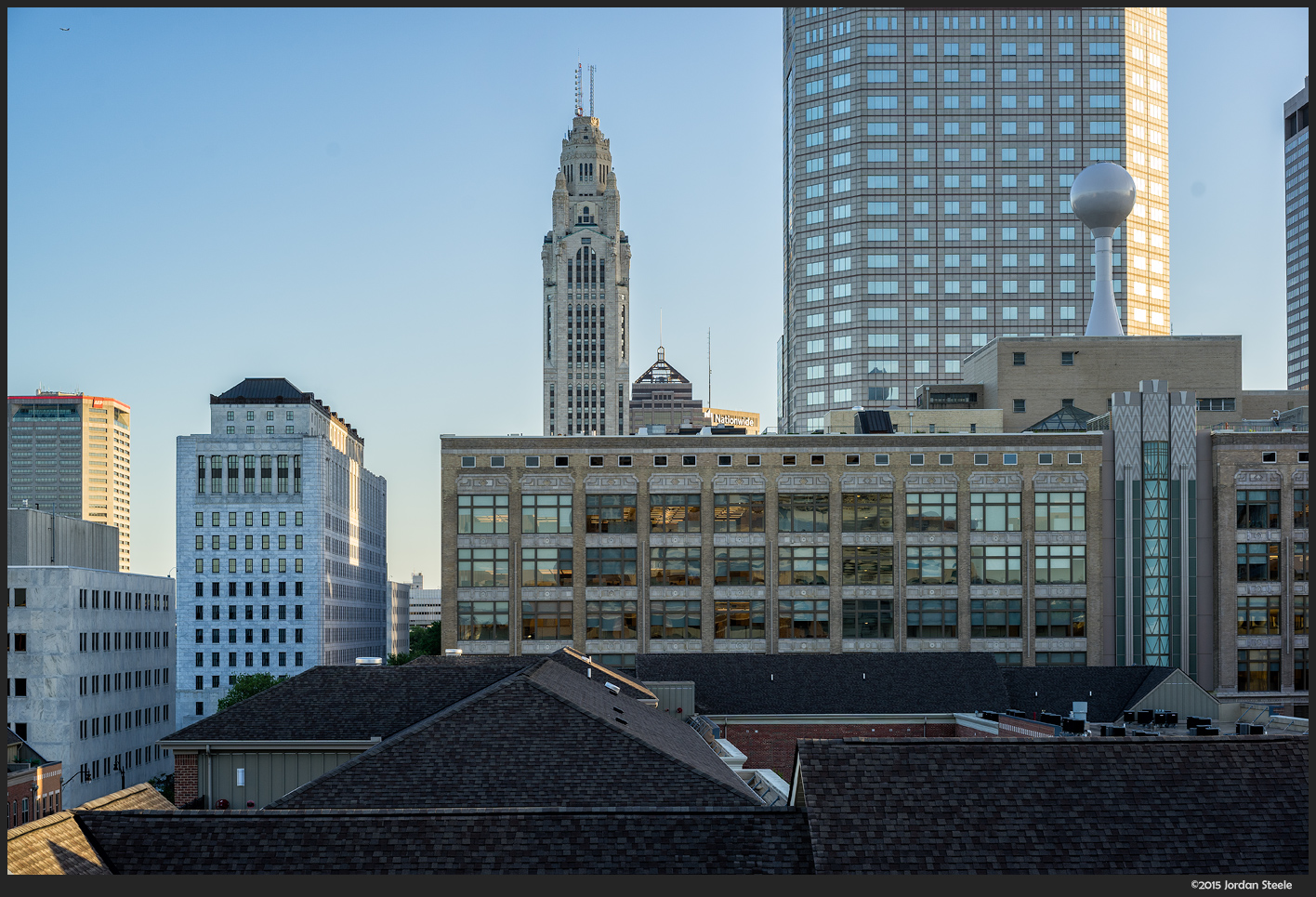
Color and Contrast
In typical Zeiss fashion, the FE 55mm f/1.8 displays superb color and contrast, with a rich, high-contrast look at any aperture. The combination of high contrast with excellent sharpness and quick falloff to out of focus areas makes images pop out a bit when shooting at wide apertures. There’s really not much more to say here, so let’s move on to bokeh.
Bokeh
A fast prime is often used at wide apertures to create subject separation, and the Zeiss 55mm f/1.8 is a lens that displays excellent bokeh to go along with the excellent sharpness of the lens, which is a difficult feat to accomplish in lens design. The out of focus areas are generally smooth and specular highlights are nice and evenly illuminated. It’s not ultra-creamy, as you’d expect for such a highly corrected lens, but the overall effect is very pleasing to my taste. If you look closely, some onion ring patterning can be seen in the specular highlights due to the use of aspheric elements, and wide open, a cat’s eye shape is created near the frame edge. Those tend not to bother me. However, bokeh is a very subjective thing, so check out the image samples to see how it measures up for you.
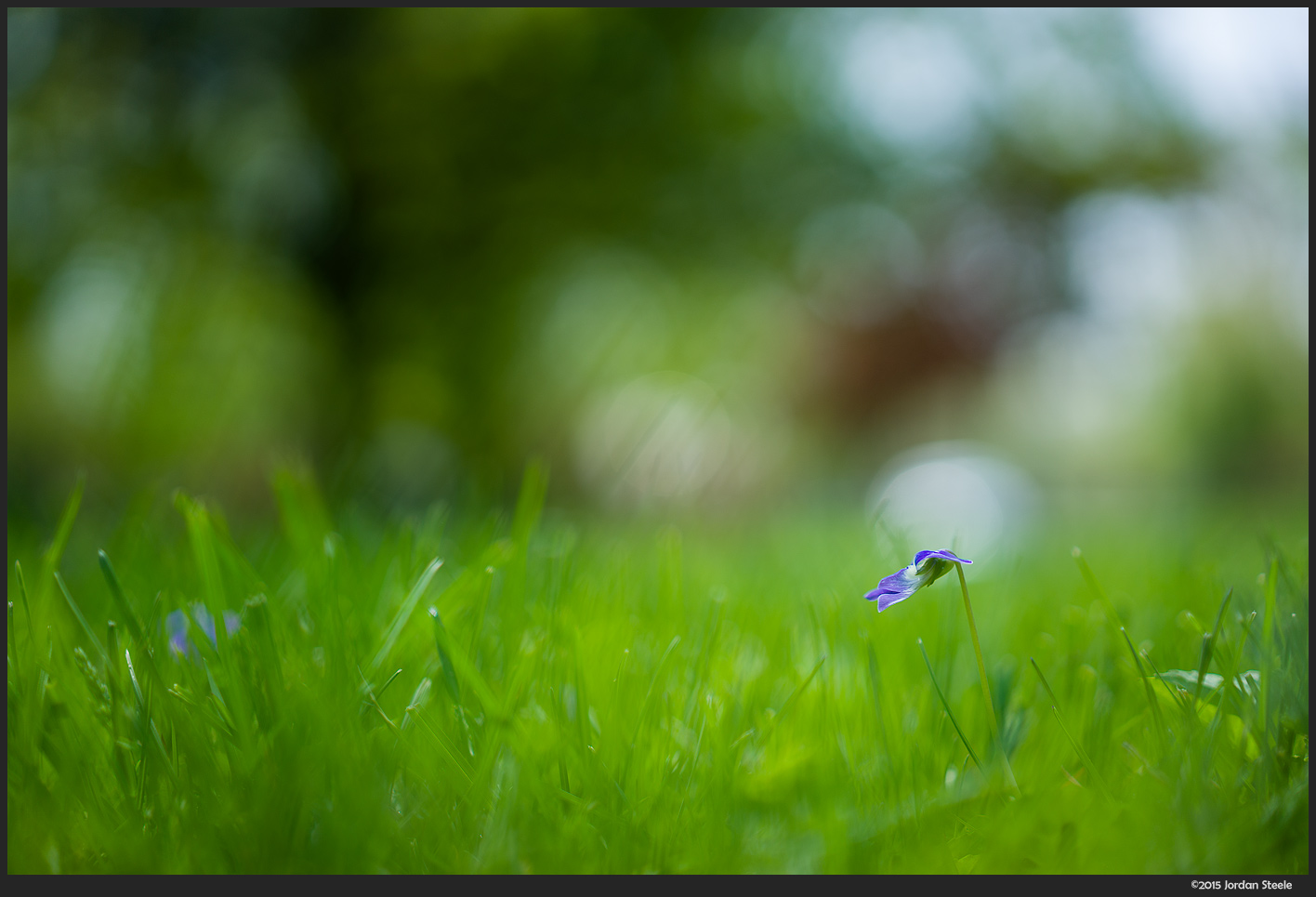
Chromatic Aberration, Flare, Distortion and Vignetting
With regards to lens aberrations, the FE 55mm f/1.8 again turns in an excellent performance, with a few small caveats.
The lens displays virtually zero field relevant lateral chromatic aberration at any aperture, which is truly excellent. Like many fast lenses, however, longitudinal CA, displayed as green and magenta fringes behind and in front of the focus point, is visible at wide apertures. Overall, however, a very good performance here.

The Zeiss 55mm does vignette notably at wide apertures, and it improves upon stopping down, but vignetting never completely disappears. I am one who likes a bit of subtle corner shading, so I quite enjoy a lens like this, but for those who want pure even illumination, some minor correction in postprocessing will be required.
In all, it doesn’t get much better. The lens is optically stellar and probably the best corrected normal lens I’ve ever used. This type of performance is usually reserved for top-tier telephoto lenses, which are a bit easier to design.

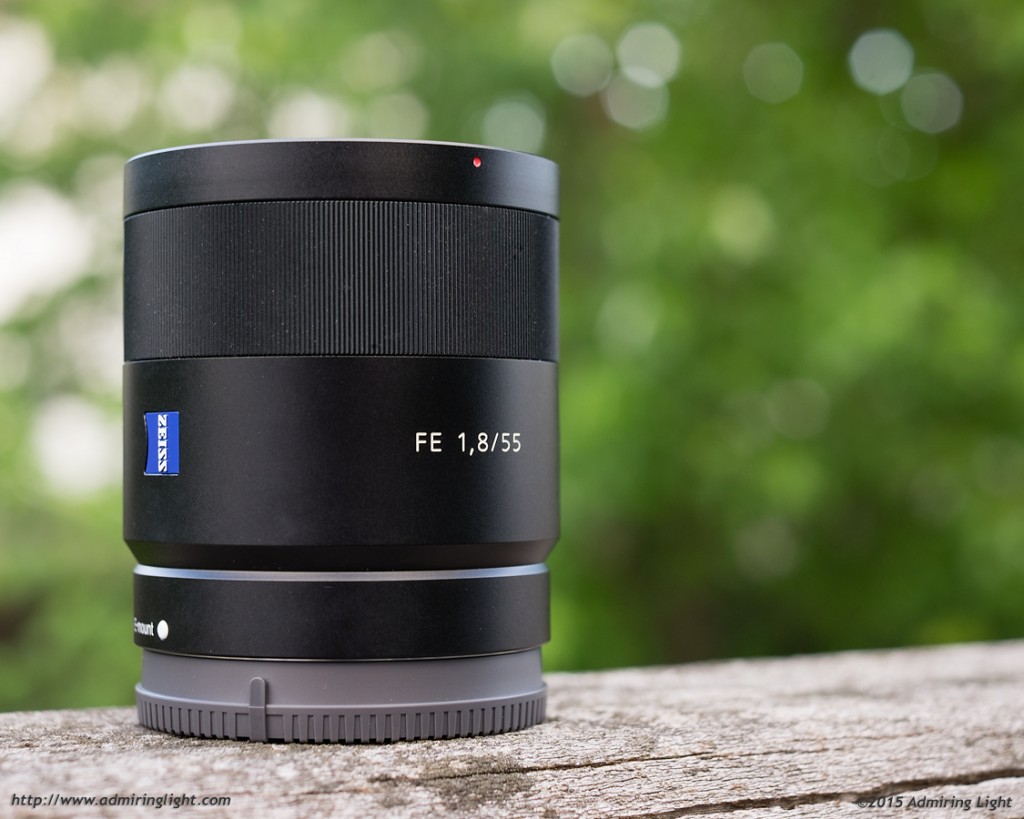

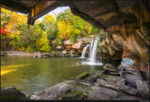

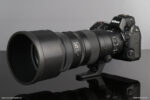
Leave a Reply